y-axis in my geom_dotplot ranges from 0 to 1. Dots are only in the upper and lower range. I want to shrink the intermediate range with no dots (0.05 - 0.95) into the interval 0.05 and display together with the lower range between 0 - 0.05 and the upper range 0.95-1. Can anyone help, please? my code is:
ggplot(
identical, aes(x=SNV, y=RAF, fill=Mutual_zygosity_of_parents)) +
geom_dotplot(
binaxis = 'y', stackdir = 'center', stackratio = 0, dotsize = 0.3, show.legend = FALSE) +
scale_fill_manual(values=c("cadetblue1")) +
theme(legend.key=element_blank()) +
theme(axis.title.x=element_blank(),
axis.text.x=element_blank(),
axis.ticks.x=element_blank())+
theme(axis.text.y = element_text(face="bold",size=16),
axis.title.y = element_text(face="bold",size=16)) +
theme(panel.grid.major = element_blank(), panel.grid.minor = element_blank(),
panel.background = element_blank(),
axis.line = element_line(colour = "black")) +
expand_limits(x= c(-1,+195))

Thanks a lot Milos

